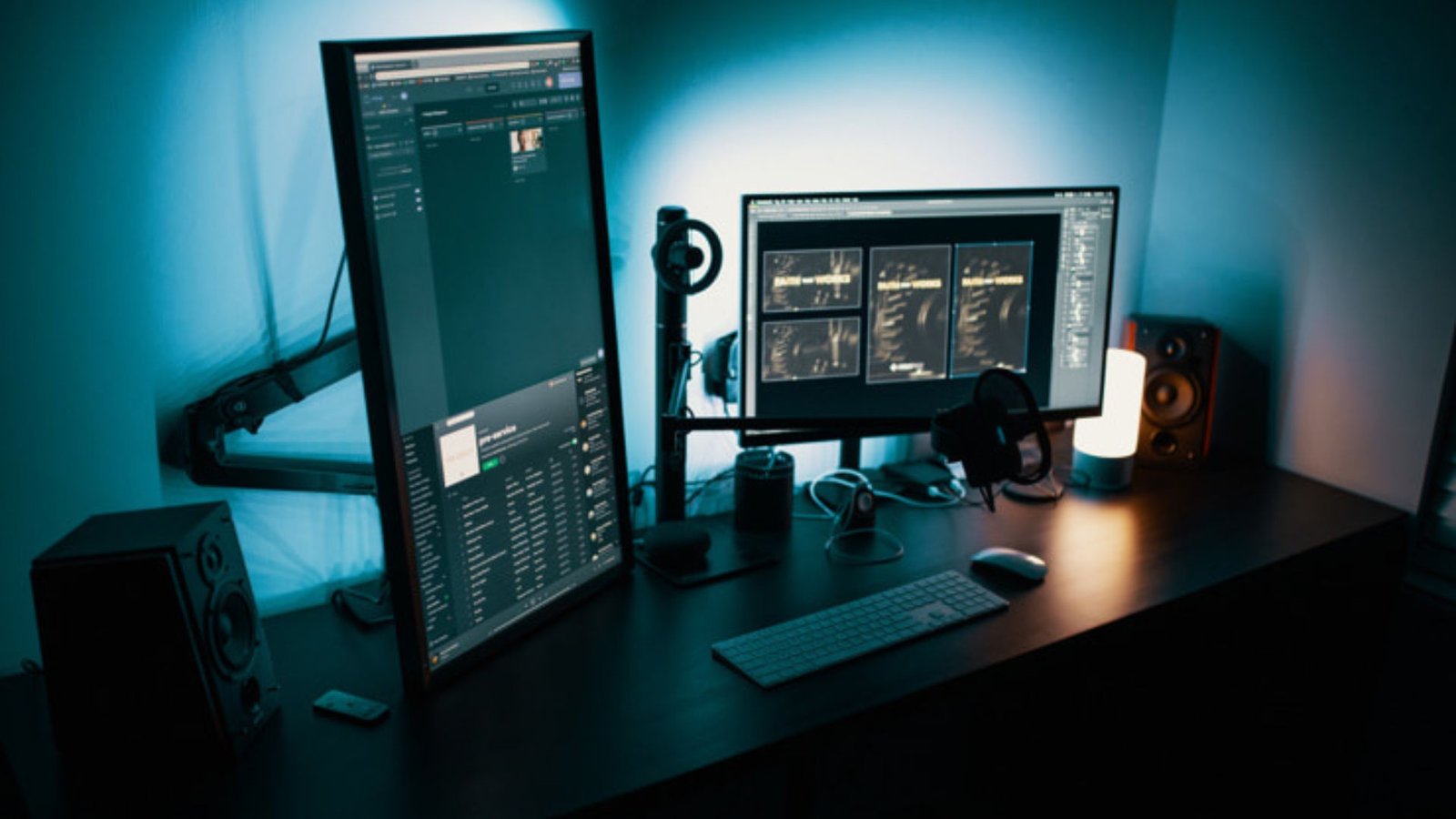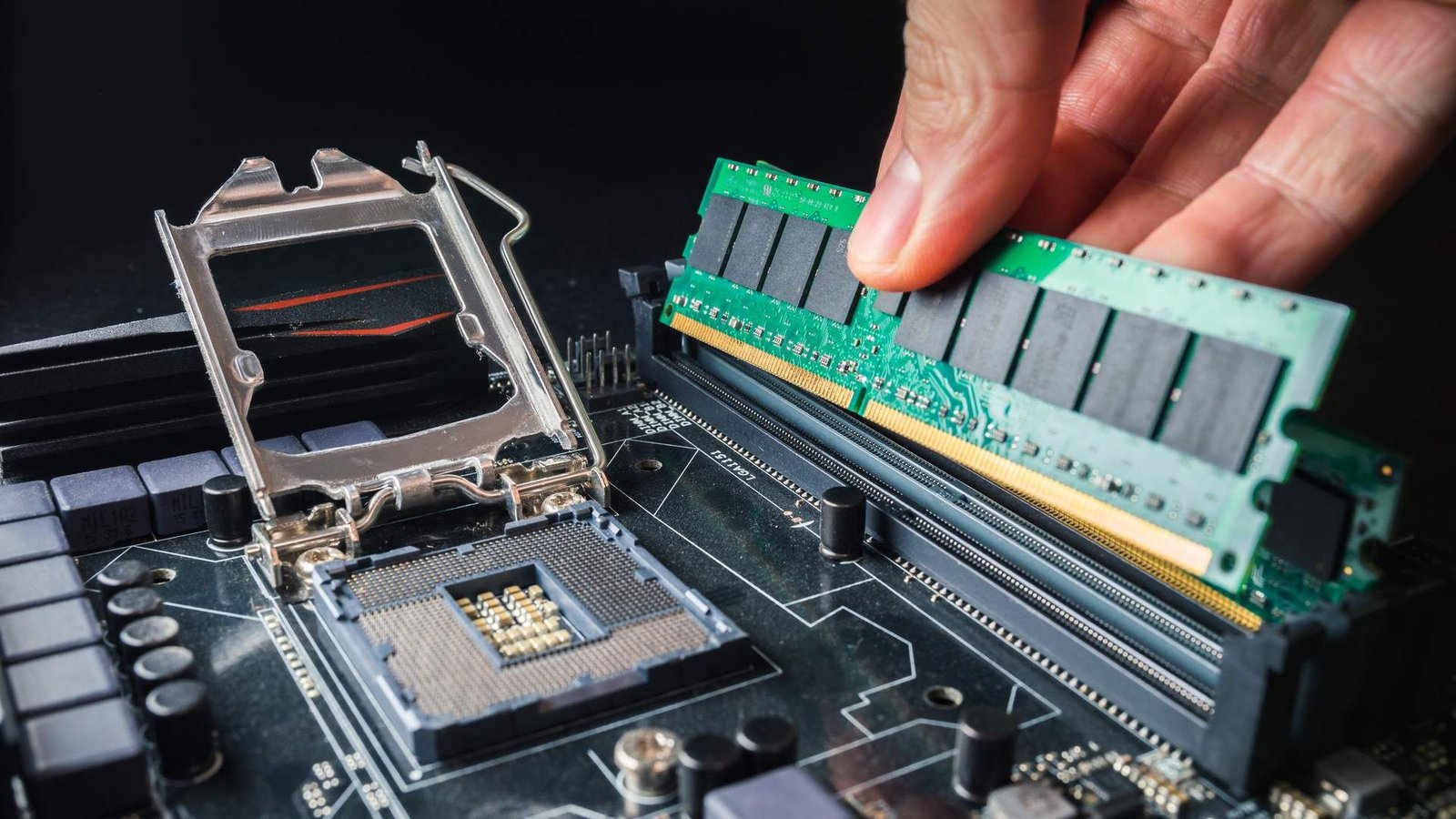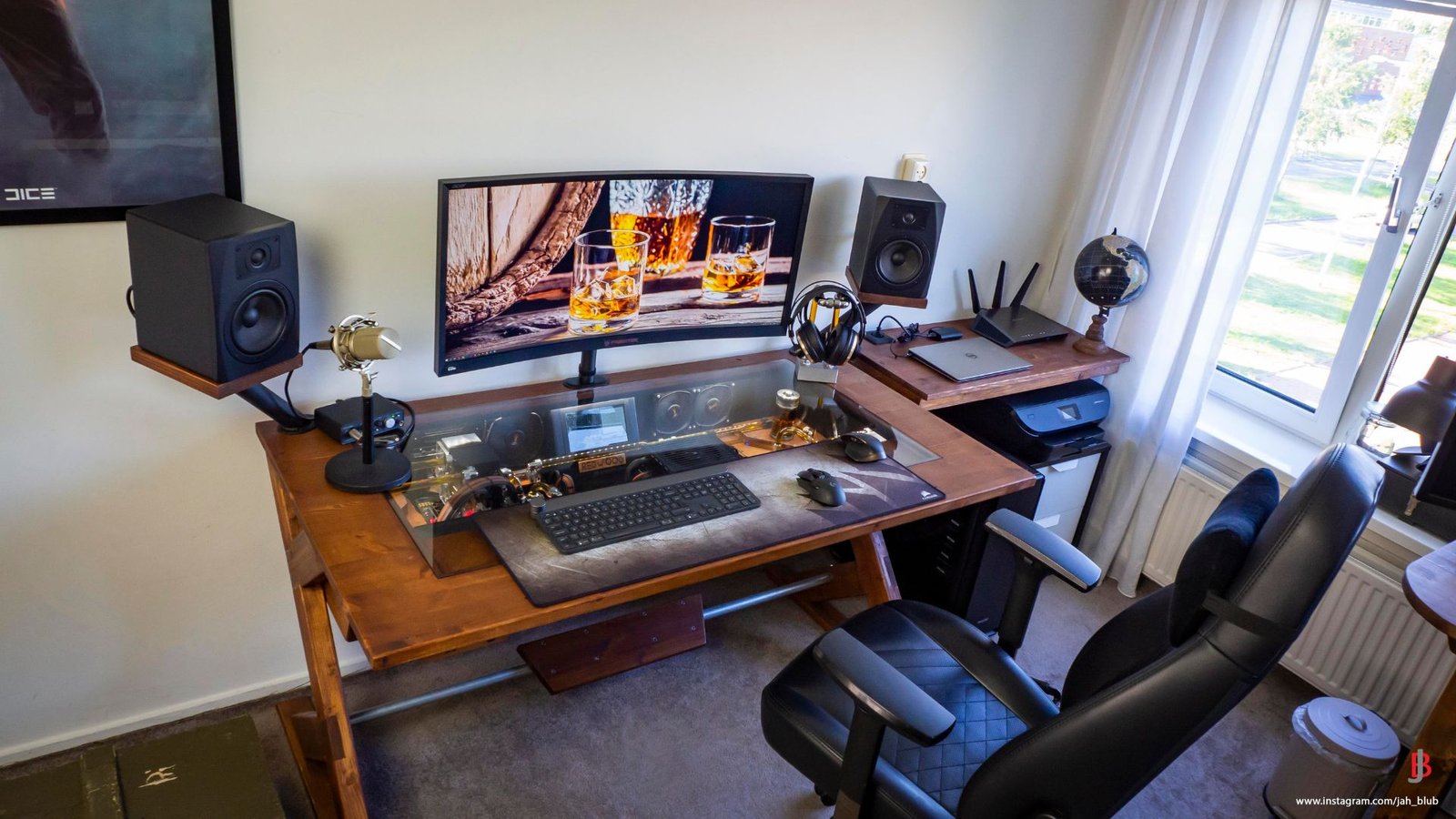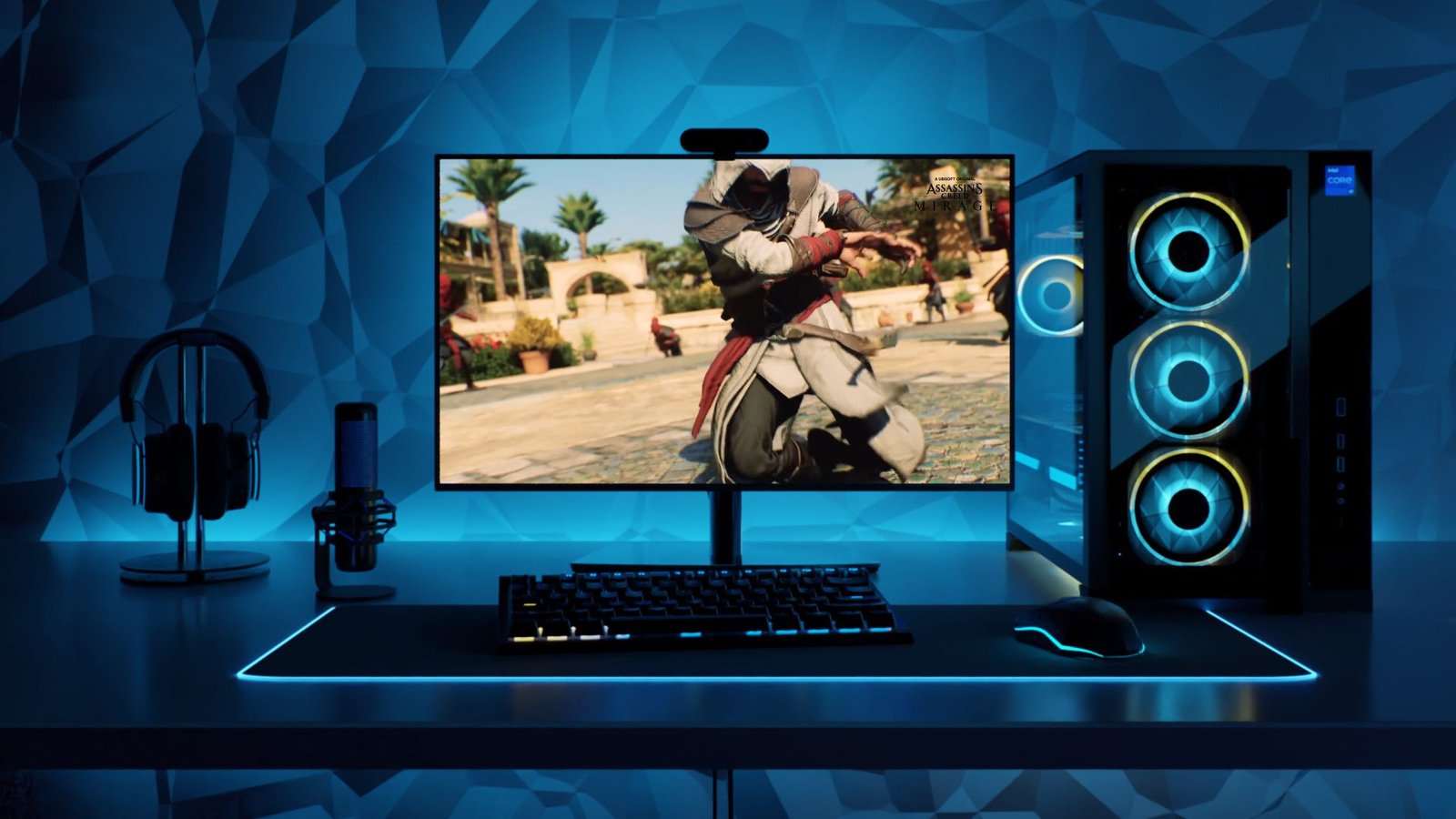Maintaining a fast, reliable computer is essential for productivity and ease of use. If your system is slowing down, don’t worry! This guide will show you how to optimize your computer system performance through a few practical steps.
Clean Up Unnecessary Files
Remove Temporary Files
Temporary files take up space and can slow down your system. Clearing these files regularly can significantly improve computer system performance. You can use built-in tools like Disk Cleanup on Windows or third-party software to automatically delete temp files.
Organize and Delete Large Files
Sorting through your files and deleting unused or large items is another effective way to optimize performance. Check your downloads, videos, and other file folders, and either move unneeded files to an external drive or delete them entirely. This frees up valuable space and makes your system run faster.
Manage Startup Programs
Disable Unnecessary Programs
When you start your computer, several programs automatically launch, which can slow down the boot process. To optimize computer system performance, disable unnecessary startup programs. On Windows, you can do this in Task Manager, and on macOS, in System Preferences.
Only Run Essential Applications
Running multiple applications simultaneously can overburden your system’s resources. To keep computer system performance at its peak, only run essential applications, especially those that are resource-intensive, such as graphic design software or gaming apps.

Update Software and Drivers
Keep Your Operating System Updated
Software updates often include performance improvements and bug fixes. Regularly updating your operating system is key to maintaining smooth computer system performance. Enable automatic updates to ensure you don’t miss out on important patches.
Update Drivers
Drivers are essential for the proper functioning of your hardware. Outdated drivers can cause performance lags. To enhance computer system performance, regularly check for driver updates, particularly for your graphics card, sound card, and other crucial components.
Optimize Your Storage
Defragment Your Hard Drive
Over time, files on your hard drive become fragmented, causing the system to take longer to retrieve data. Defragmenting your hard drive helps reorganize these files, resulting in faster access and improved computer system performance. However, note that this is only necessary for traditional hard drives (HDD), as solid-state drives (SSD) do not need defragmentation.
Use Solid-State Drives (SSD)
If your system is still running on an HDD, upgrading to an SSD is one of the most effective ways to improve computer system performance. SSDs provide faster boot times, quicker file access, and smoother multitasking compared to traditional hard drives.
Manage Your Memory (RAM)
Increase RAM
If your computer is struggling to handle multiple tasks, it may be time to increase the RAM. Upgrading your RAM boosts computer system performance by providing more memory for applications to run smoothly. This is especially beneficial for gaming, video editing, or any task that requires substantial resources.
Free Up RAM
If you’re not ready to upgrade, you can still improve computer system performance by freeing up RAM. Close unused applications, reduce background processes, and consider using lightweight versions of programs. This prevents your system from becoming overloaded.
Protect Against Malware
Run Regular Antivirus Scans
Malware can significantly hinder computer system performance by using up resources or causing crashes. To protect your system, regularly run antivirus scans and remove any detected threats. Keeping your antivirus software updated is crucial to staying protected against new threats.
Use a Firewall
In addition to antivirus protection, enabling a firewall adds an extra layer of security. This prevents unauthorized access to your system, which can cause slowdowns or even data loss.
Adjust System Settings
Change Power Settings
Most computers come with power settings designed to conserve energy, but these settings can reduce computer system performance. For better speed, switch to a high-performance power plan in your system settings. This allows your computer to use more resources for intensive tasks.
Tweak Visual Effects
While visual effects like animations and shadows look nice, they can slow down older systems. Reducing or disabling these effects can enhance computer system performance without impacting functionality.
Conclusion
Optimizing your computer system performance is easier than you think. By cleaning up unnecessary files, managing startup programs, updating software, and upgrading hardware, you can boost speed and efficiency. Don’t forget to protect your system from malware and tweak your settings for maximum performance. Follow these steps, and your computer will be running smoothly in no time!











